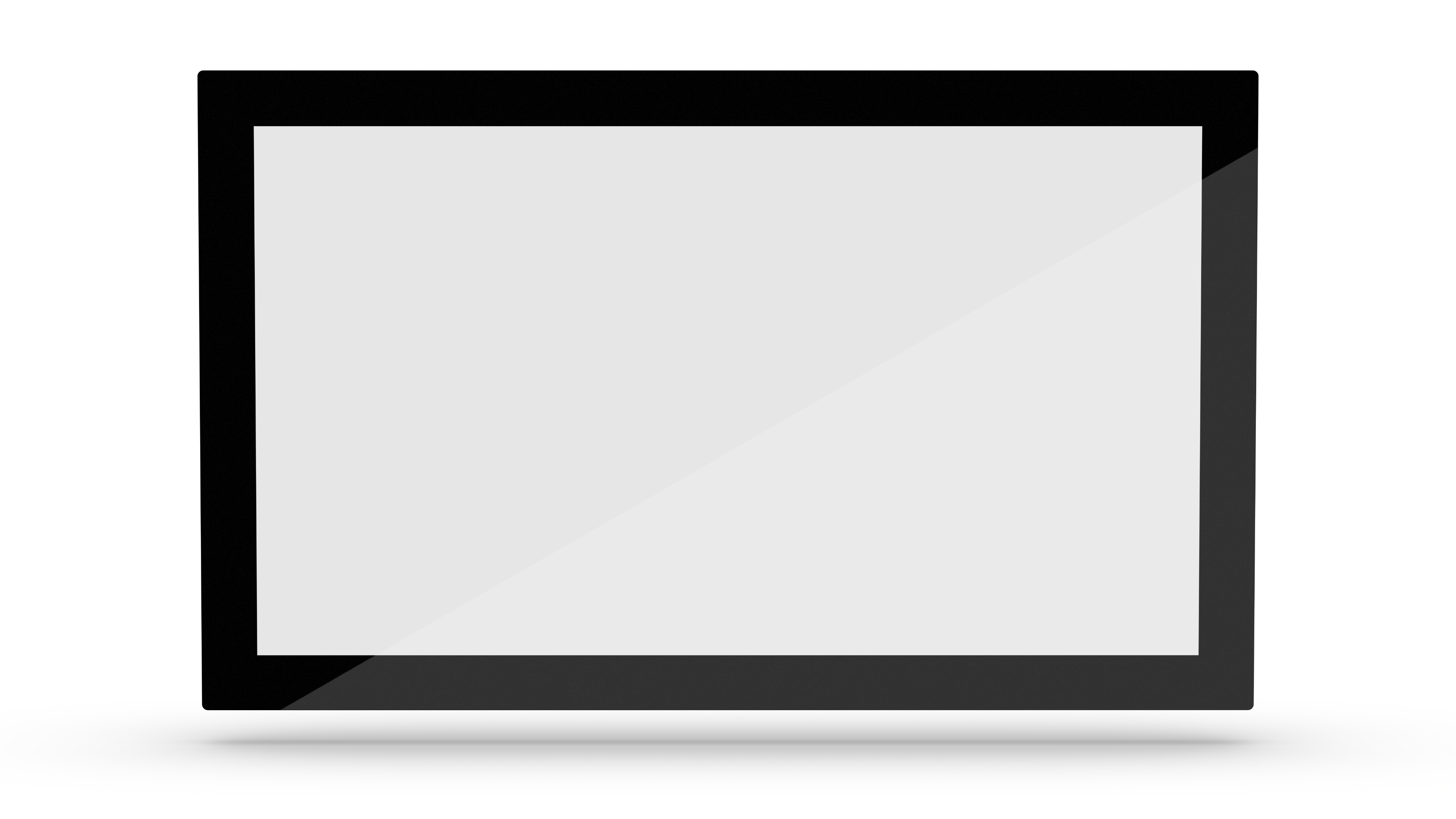Surface Acoustic Wave Surface Acoustic Wave - SAW
Robuste Technologien ULTRA GFG Infrarot Technologievergleich
SAW Touchscreens funktionieren auf Basis von akustischen Oberflächenwellen die sich planar auf einer Oberfläche ausbreiten.
Die SAW-Technik ist gekennzeichnet durch eine relativ gute Resistenz gegen Vandalismus und kommt verstärkt bei Bankterminals zum Einsatz. Eine Aktivierung des Impulses erfolgt durch die Berührung mit bloßem Finger wobei die Funktionsfähigkeit bei der Bedienung mit leichten Handschuhen nicht leidet.
Funktionsprinzip der SAW Touchscreens
Durch piezoelektrische Sender am Sensor werden Schallwellen auf der Oberfläche des Touchscreens erzeugt, welche wiederum durch eine Randrippenstruktur zu den piezo-elektrischen Empfängern reflektiert werden.
Eine Berührung der Oberfläche des Sensors bewirkt eine Dämpfung eines Teils der Welle entsprechend der Berührungsposition. Die Positionsmessung der Berührung erfolgt durch die Messung der ausgelösten Verzögerung des Sendungsimpulses der Schallwellen welche mit Hilfe von SAW-Sensoren über Punkte auf dem X-Y-Diagramm gemessen werden.
Für die SAW-Technik sind spezielle Sensoren erforderlich, welche die Abhängigkeit der Oberflächenwellengeschwindigkeit von der mechanischen Spannung nutzen und verarbeiten können.
Vorteile der SAW-Technologie
Die Vorteile der SAW-Technologie sind:
- eine hohe Robustheit
- Vandalensicherheit
- Temperaturresistent bis 400 °C
- Hohe Lichtdurchlässigkeit bis zu 92 %
- beste optische Transparenz
- Hohe Genauigkeit
Zur Erhöhung der Robustheit kann die reguläre Glasoberfläche auch durch ein Sicherheitsglas ersetzt werden.
Nachteile der Surface Acoustic Wave Technologie
Ähnlich wie bei IR Touchscreens ist das Risiko unbeabsichtigter Betätigungen hoch, denn Einwirkungen durch Schmutzteilchen oder Flüssigkeiten führen bei dieser äußerst sensible Touchtechnik auslösen zu falschen und ungewollten Berührungsmeldungen.
Mit Fingern oder weichen Handschuhen funktioniert die Eingabe einwandfrei, aber grobe Handschuhe oder Stifte können nicht zur Bedienung verwendet werden.
Die Konstruktion erfordert einen recht breiten Rand der die erforderliche Technik beinhaltet. Auch gestaltet sich die Abdichtung gegen Schmutz, Wasser und Chemikalien technologiebedingt als schwierig.
